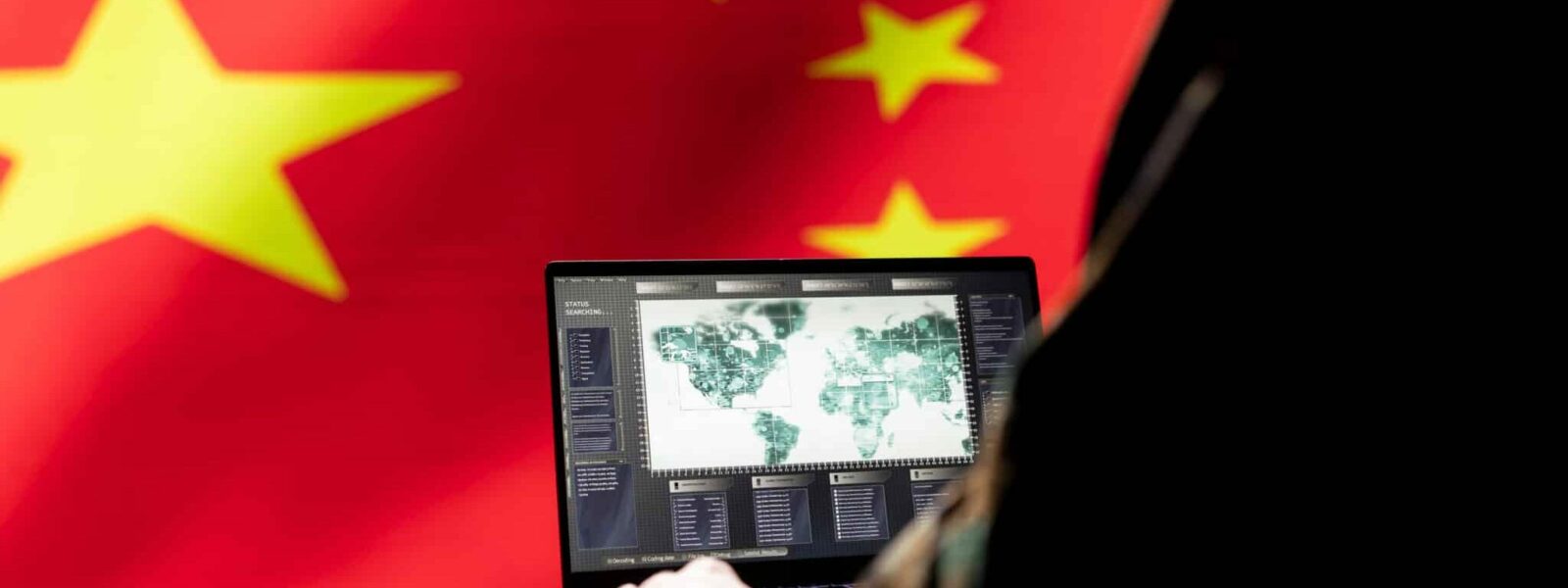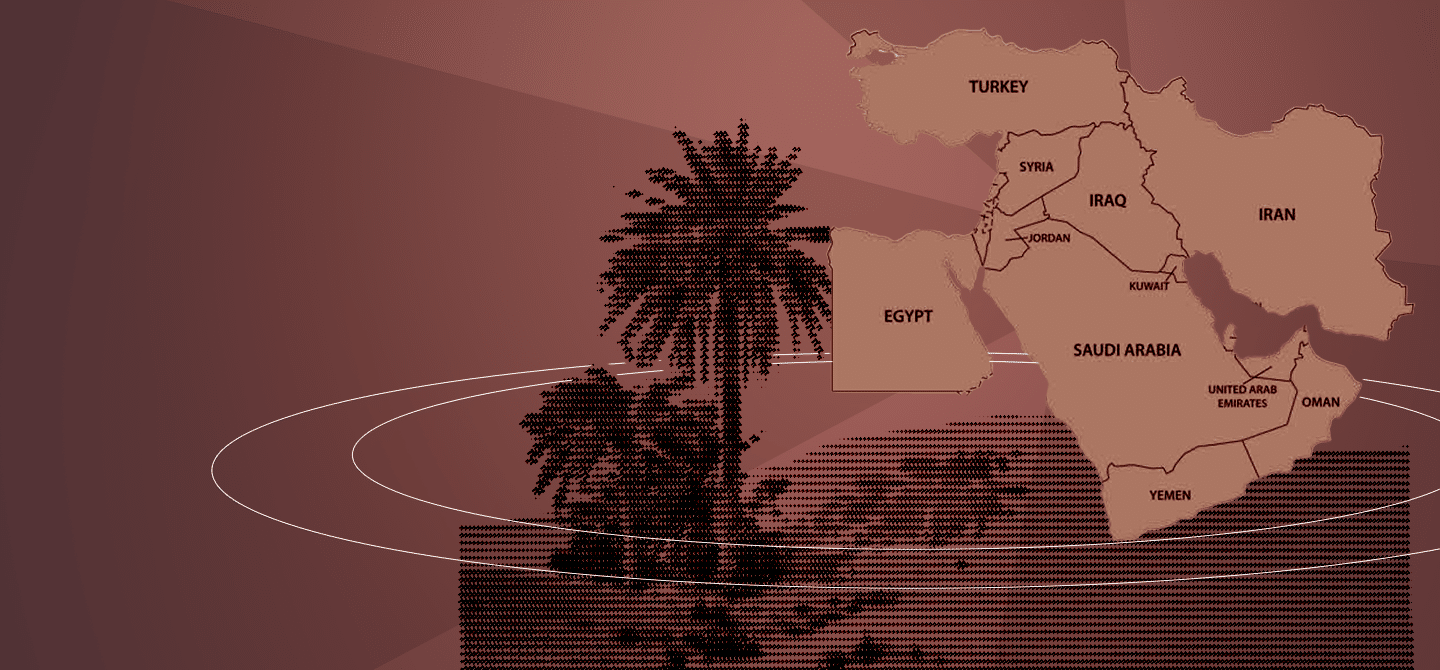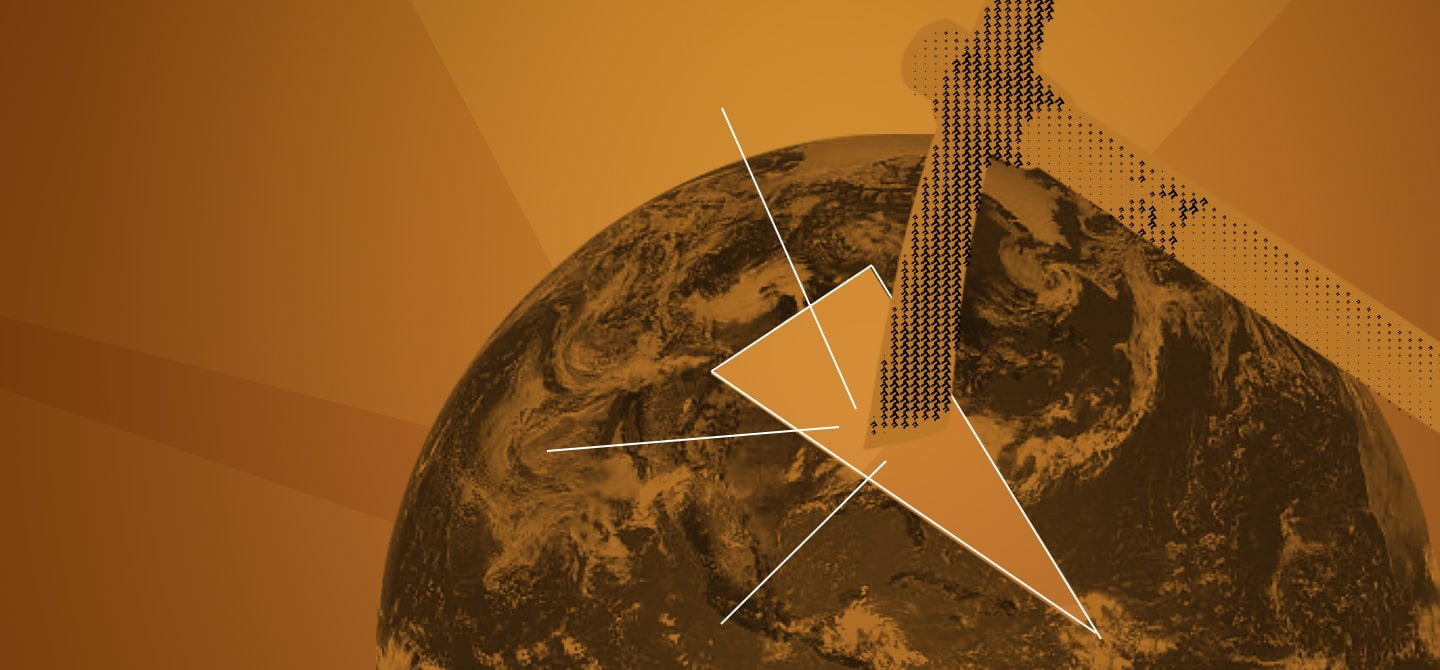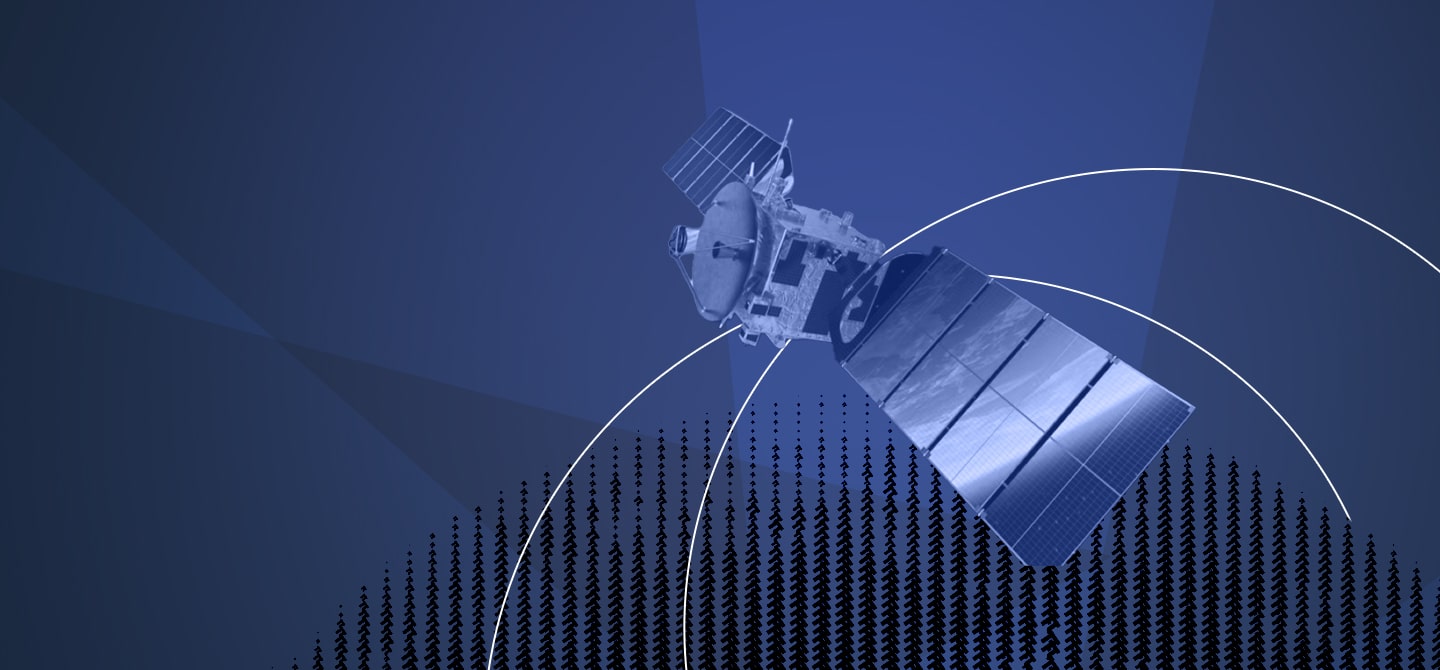Sino-American rivalry in orbit: what are the facts?
- China is now a global space power, and notably the only nation besides the US to have successfully landed a rover on Mars and made it move.
- However, further investment is still needed to compete with the US: China’s budget for space activities as a whole is $20bn.
- While private players are an asset in space strategies, most Chinese players are heavily subject to state control and political decisions.
- China is currently seeking to prioritise the use of resources on the Moon, using ISRU (In Situ Resource Utilisation) to contribute to the operation of its facilities.
- Today, China has clear objectives: to send a Chinese citizen to the Moon, to set up a scientific exploration base, etc.
Since launching its first satellite in 1970, China has travelled a spectacular path in the conquest of space. Now the world’s third space power, it rivals the United States and Russia on all fronts: crewed flights, planetary exploration, and application satellites. Yet, despite budgets still three times smaller than Washington’s, Beijing displays clear ambitions and a political consistency that contrasts with American reversals. Between myths of lunar predation and technological realities, what is the true nature of this Sino-American rivalry in orbit? Isabelle Sourbès-Verger, research director at CNRS, sorts fact from fiction.
#1 China is a leading space power
TRUE
Without a doubt, China is now one of the world’s leading space powers. It has repeatedly demonstrated its ability to carry out all types of missions, having invested in several major areas of space exploration in recent decades.
After gaining independent access to space in 1970 to send its own satellites into orbit, in 2003 the country was able to send people into space and then have its own stations in orbit, capabilities that previously only Russia and the United States possessed. China has also mastered exploration missions, which involve leaving Earth’s orbit to travel to Mars, for example. To date, China and the United States remain the only nations to have attempted and succeeded in landing a rover on Mars and getting it to move around. Its technological expertise is evident in the field of satellite systems for telecommunications, observation and navigation. Astronomy and astrophysics are two other fields of study in which it has invested.
In short, it meets all the criteria for achieving space power status.
UNCERTAIN
While the United States has undoubtedly held the top spot in the rankings for several decades, second and third place are more difficult to determine. Russia stands out due to its capabilities in military space technology, while the European Union has ambitious high-tech programmes, even if it lacks autonomy in manned flights. If the criterion used to define the ranking is the diversity of capabilities, rather than their level, then China ranks ahead of its two competitors, Russia and the European Union. Nevertheless, several years of effort and investment will still be needed before it can compete on equal terms with the United States.
A comparison of the budgets allocated to space is enough to grasp the gap between the two powers. Washington spends between $60–70bn on space, including $40–50bn on military space, while China’s total budget is $20bn. Beijing has achieved its primary objective of being recognised globally as a leading space power by catching up from a considerable initial technological lag. However, it is not clear that it is in the space sector that China wants to demonstrate its superiority over its competitor; other symbolic areas are also up for grabs.
#2 Private actors are an asset in space strategies
TRUE
In the history of the US space programme, major traditional industrialists such as Boeing were indeed private actors who played a key role in national strategy. This configuration has changed profoundly, as new players, primarily the Elon Musk led SpaceX and its subsidiary Starlink, have changed the rules of the game. They stand out for their desire to pursue their own space policy, whereas the first generation of players were content to fulfil a service provider role by responding to orders from NASA. Today, NewSpace entrepreneurs can own their own launch vehicles. This is the case with Starlink, which uses Falcon launch vehicles frequently used by NASA and the Department of Defence. These public orders offset and recoup their financial costs.
The Chinese landscape is different in many respects. A few private companies are active in the telecommunications and observation sectors, and recently, launch vehicle manufacturers have emerged. However, as state control is inherent to the Chinese model, the space economy and entrepreneurship outside the public sphere remain subject to political decisions.
UNCERTAIN
Half of the operational satellites in low Earth orbit belong to Starlink, a company in which Elon Musk is the majority shareholder. In space, he is helping to consolidate the United States’ dominant position, but above all he is following his own path, which is not always the same as that of the White House.
#3 Both China and the United States want to exploit resources on the Moon
FALSE
When discussing lunar exploration, it is essential to differentiate between issues relating to manned flights and those relating to unmanned flights. With a view to exploiting lunar resources, human presence is a factor that creates additional constraints due to the need for water, air, food, etc. This requires additional infrastructure and therefore high additional costs, whereas robotics has made major advances.
Resource exploitation has two components: on-site use, known as ISRU (In Situ Resource Utilisation), and exploitation for commercial purposes. ISRU is essential for the operation of facilities, and as such, neither the Sino-Russian base nor the American base can do without it. Commercial exploitation, on the other hand, is a purely American initiative designed to attract the private sector but which, for the moment, is mainly supported by NASA.
The discourse in the United States is to position China as a predatory competitor. This narrative, which is inspired by competition on Earth but also refers to the race to the Moon with the USSR, serves to mobilise support. But beyond the myths to be perpetuated and the technological challenges, political and even ethical questions arise when we talk about lunar resources and their potential use on Earth. What would be the point of bringing back a necessarily limited quantity of rare metals in an era when their consumption is measured in tonnes? Furthermore, if we add the cost of return to the cost of exploitation, the economic balance and sustainability of such a model seem inconsistent.
UNCERTAIN
Across the Atlantic, the greatest uncertainty is primarily political. President Trump’s plans for space exploration are inconsistent. NASA’s Artemis space programme is proof of this. With the goal of landing a crew on the Moon by 2027, it was launched during his first term, continued under Joe Biden, and is now being called into question during his second term.
In contrast, China seems to be pursuing a clear goal: to take a Chinese citizen to the Moon for the first time in the country’s history, learn how to sustain human life there, and then set up a scientific exploration base. Let us remember that in 1969, while Neil Armstrong was walking on the Moon, China was undergoing the Cultural Revolution. On the other hand, in terms of deadlines, it is unlikely that the crews will speed up the pace in response to Donald Trump’s withdrawal. The reputational stakes are high, and they will not run the risk of failure.















